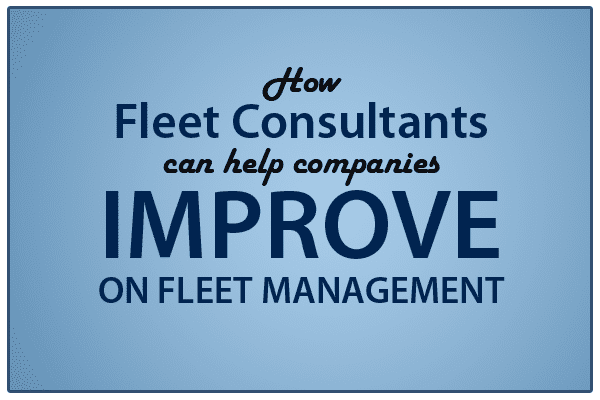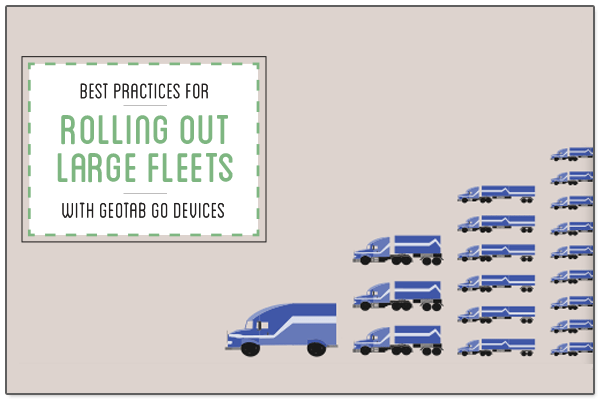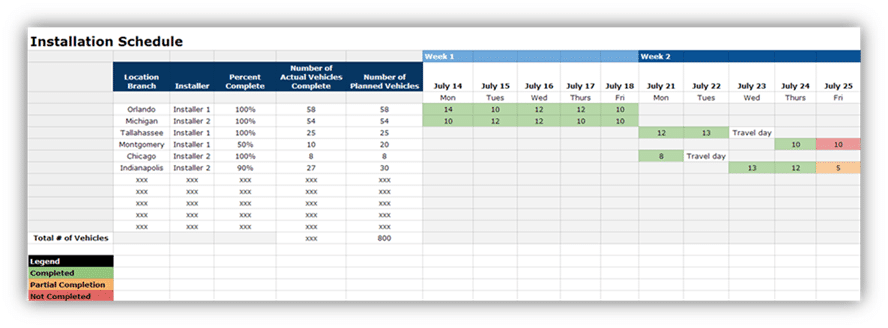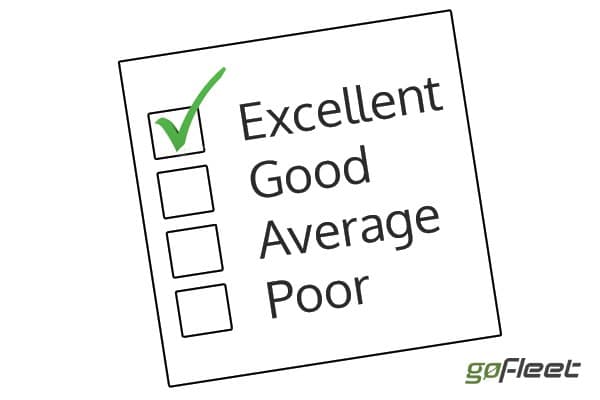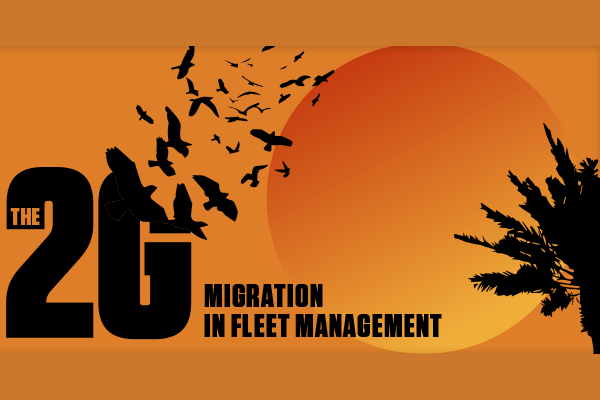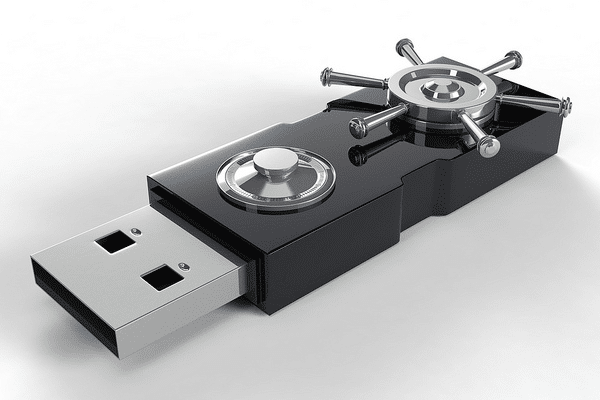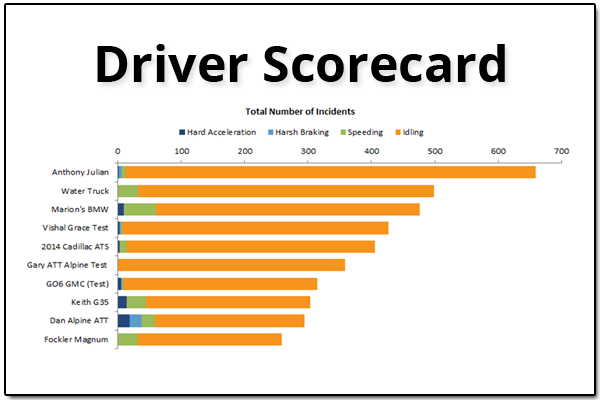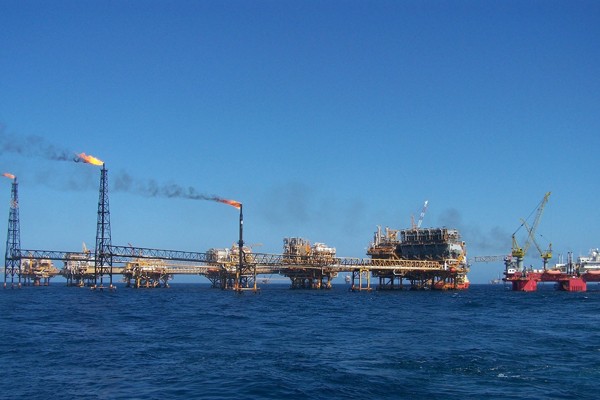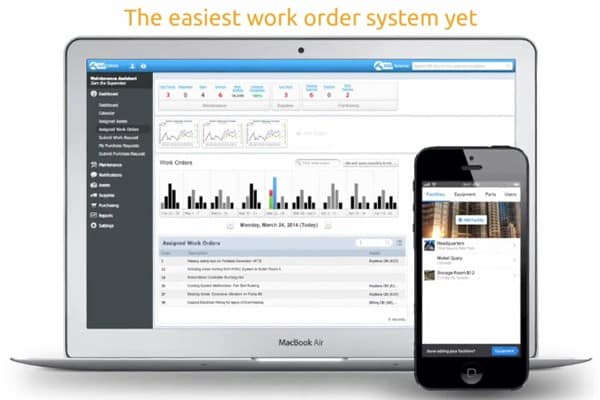Fleet Consultants Help You Improve Fleet Management
Many companies are already well aware that implementing a telematics fleet management system is very useful in terms of security, cost reduction, and quality of service offered to their customers. Unfortunately, there are many cases where they lack the necessary experience to implement these solutions within their organization. This can be anything from training on how to effectively communicate to drivers and unions about the system, management process changes, demos of how to achieve ROI, and other necessary training activities. For these reasons, our fleet consultants offer professional services to our customers.
Understanding company challenges, technical goals, and requirements are some of the key responsibilities our team takes on. Our highly trained fleet consultants help our customers during these processes in the following ways:
- Business Case Production: Analysis of KPIs (Key Performance Indicators) and customer needs, recommendations, and demonstrations of the functionality of the solutions.
- Change Management: Communication programs such as management training and how to properly introduce GPS tracking to your drivers.
- ROI Consulting: Benchmarking in multiple areas, demonstrating substantial savings, tracking obtained improvements, and detecting non-compliance areas.
- Various Training activities: Different levels of training for various departments (eg. management, admin, middle managers, and best practices manuals to maximize the systems benefits).
One of the most common activities for our fleet consultants is the demonstration of tangible benefits during a pilot program. This can be a challenging activity because benefits should be demonstrated with a reduced number of vehicles and drivers in a relatively short period of time (typically only one or two months). This is the best way to demonstrate the solution benefits to the potential customer. Benefit areas depending on the company can be quite different and can vary depending on customer activity and targets.
The most typical areas of potential benefits (KPIs) are:
- Maintenance: Consistently servicing on time to reduce wear & tear
- Day-to-Day Efficiency: Improved daily operations through reactive planning and detailed route analysis.
- Route Planning: Reduced travel time through optimization, visualization and measurement.
- Utilization: Use percentage, amount of time at location, straying from job site.
- Out of Hours: Tax compliance and proper overtime validation.
- Risk and Duty of Care: Driver behavior such as speeding and idling, monitoring CO2 emissions, lowered insurance.
- Fuel: Reduce use through details on consumption, and identifying idling and driver behavior.
- Contract Adherence: Billing evidence, SLA compliance.
GoFleet works along side our customers to help measure their KPIs in order to improve driver and fleet performance, and ultimately achieve the desired ROI.
Get in touch with one of our fleet consultants to find out
how you can optimize your business and save money:
1-888-998-1122 | [email protected]
Original Article By: Antonio Venutelli, European Solutions Engineer at Geotab
http://www.geotab.com/blog/professional-services-can-help-companies-improve-fleet-management/
